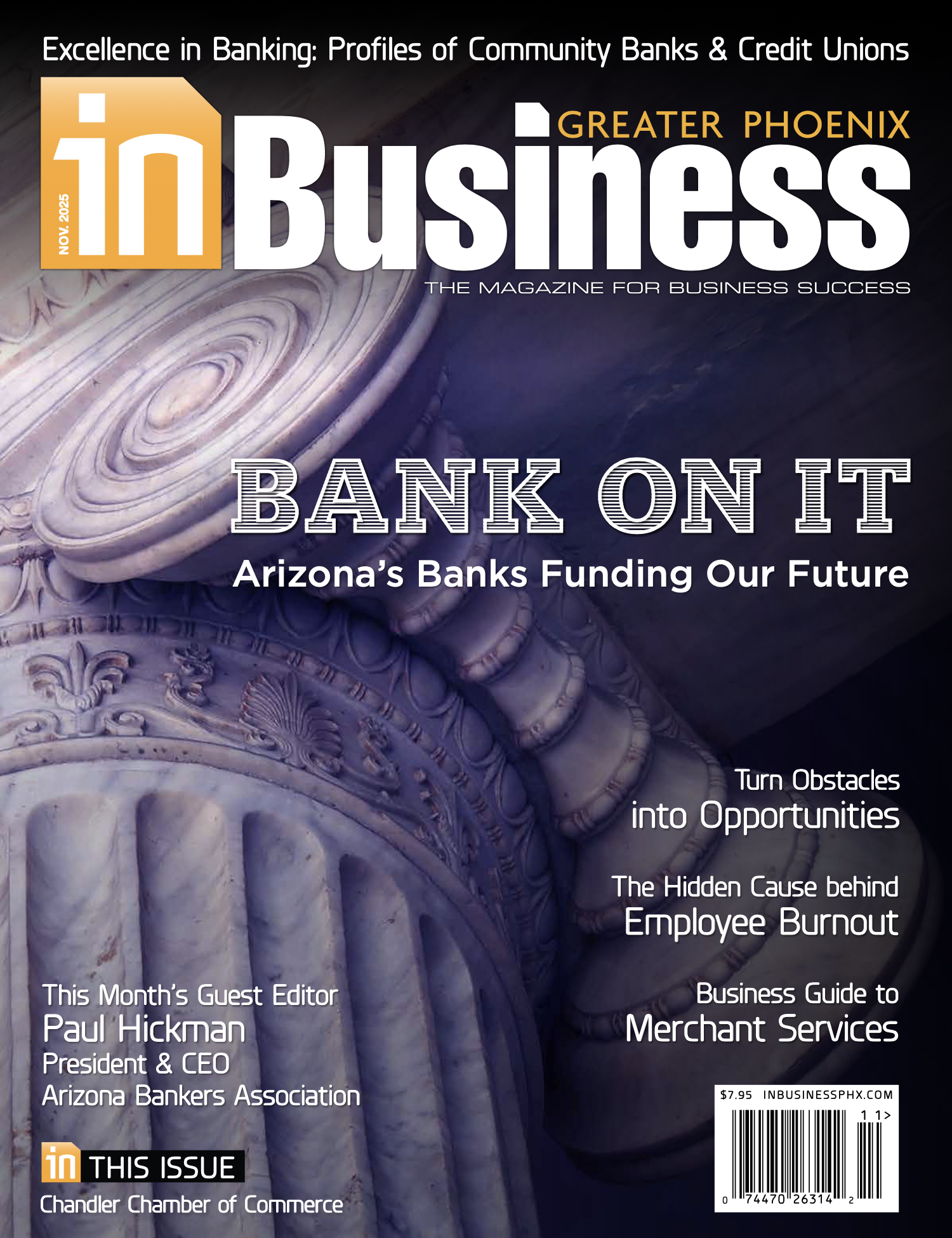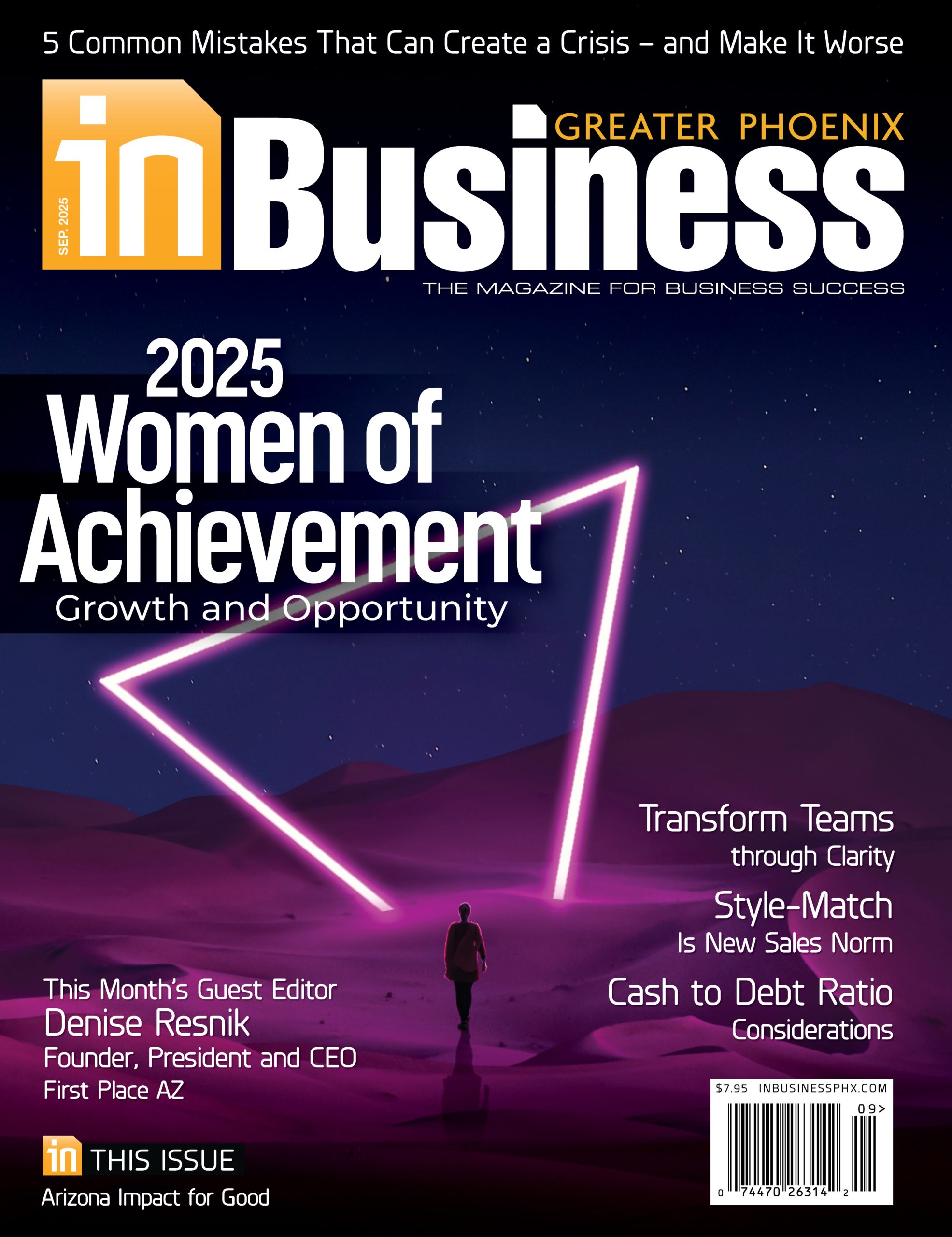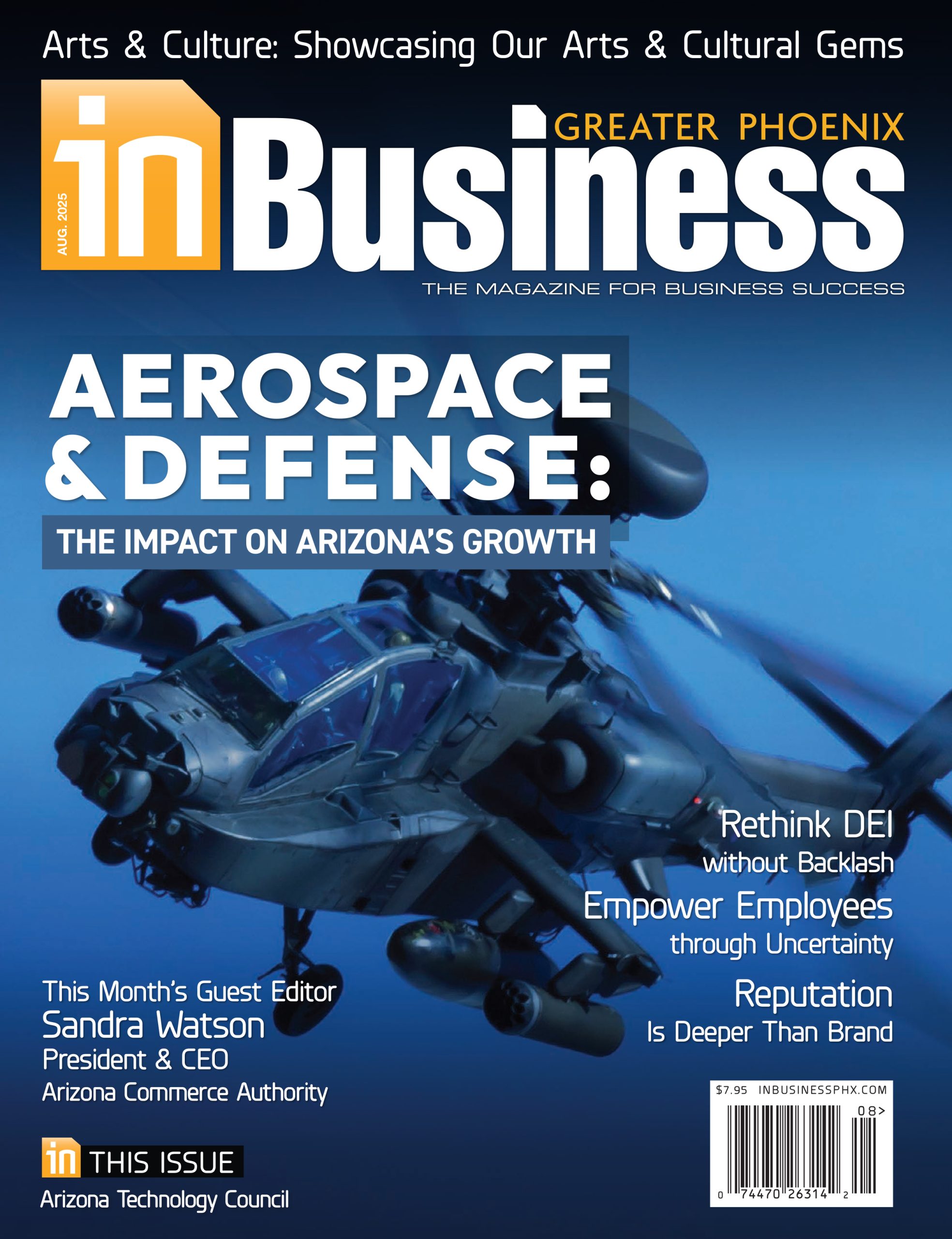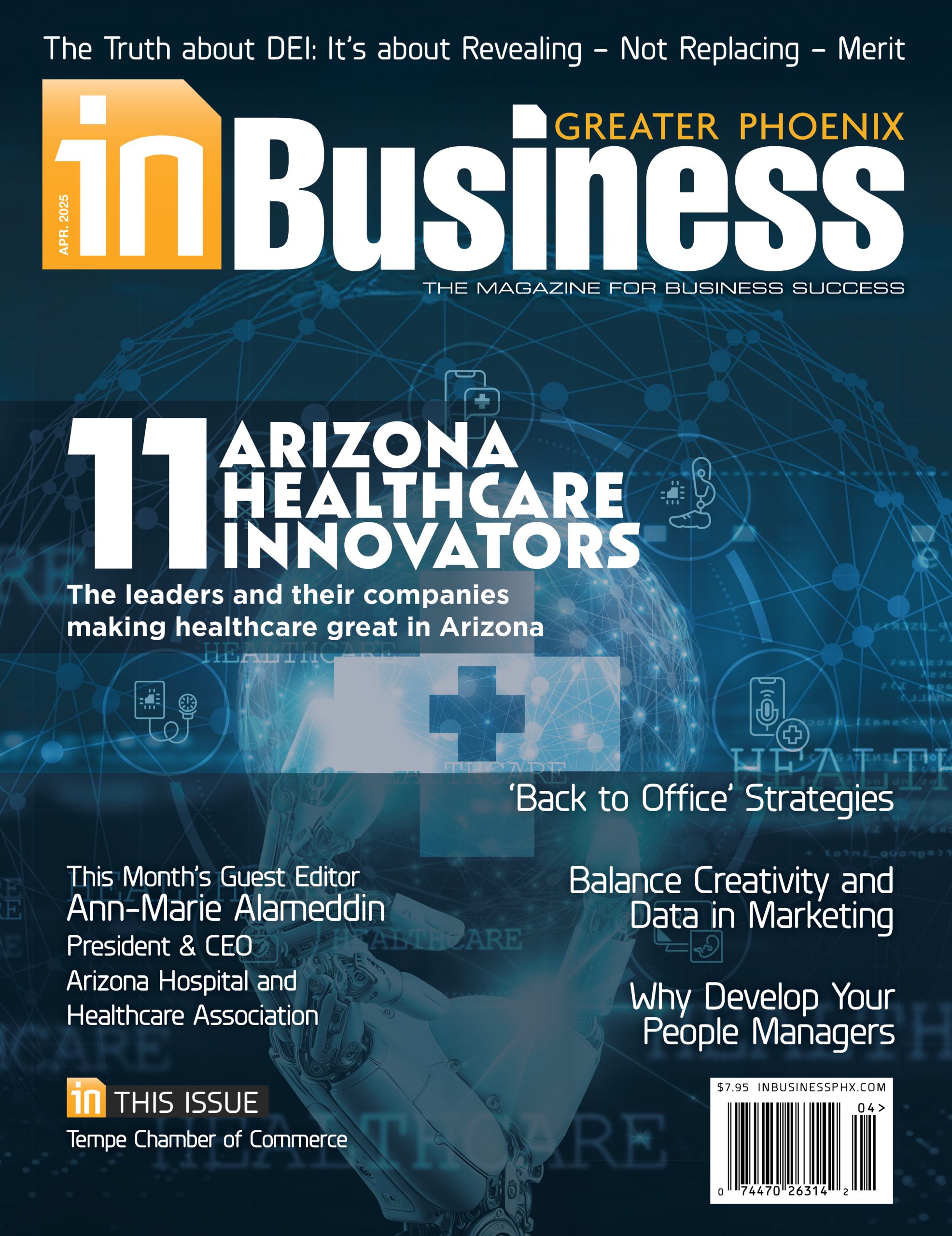Shorter commute times, reduced congestion, and enhanced safety are just a few of the benefits drivers on Valley freeways will see thanks to the regional freeway program. The Freeway Life Cycle Program is funded in part by Maricopa County’s dedicated half-cent sales tax for transportation. Approval of the program establishes priorities and sets schedules for major freeway projects around the region for the next 20 years, building off the voters’ approval of Proposition 479.
“The latest regional freeway program is the perfect example of why, through collaborative planning, we are setting the roadmap for continued economic development across the region,” said Maricopa Association of Governments Regional Council Chair Kevin Hartke, mayor of Chandler. “The program will lead to lower commute times and improved safety.”
The program provides the funding to initiate construction on near-term priorities, such as a number of key projects noted below.
Traffic trying to access Loop 303 from Interstate 17 must currently use the Sonoran Desert Drive interchange, which requires exiting the freeway and stopping at a traffic light. This has led to traffic congestion along Interstate 17, particularly with the growth occurring in the area – including construction of the new Taiwan Semiconductor Manufacturing Company (TSMC) facility.
“With the historic and record-setting investment that TSMC has made to the region, it is critical that the interchange on I-17 and Loop 303 is addressed,” said Phoenix Mayor Kate Gallego. “Through our ongoing investment in the regional freeway program, we will continue to grow and attract high-paying jobs to the region.” With funding in place, the Arizona Department of Transportation (ADOT) expects to initiate construction this winter.
The State Route 24 project will convert the existing interim facility into a full, access-controlled freeway with three lanes in each direction.
“The investment by voters in funding for State Route 24 is having a direct impact on the Southeast Valley through congestion relief as well as opening additional opportunities for advanced manufacturing investment like LG Energy Solution in Queen Creek,” said TPC Chair Julia Wheatley. “When we invest in infrastructure, we invest in the economic well-being of the region as a whole.”
The largest project in the program is the construction of State Route 30, a new freeway in the West Valley that is planned between I-17 and State Route 85. The first portion of State Route 30 that will be constructed in the center segment, between Loop 202 (South Mountain Freeway) and Loop 303. Construction of the portion of the facility between Loop 202 (South Mountain Freeway) and 97th Avenue is programmed for Fiscal Year 2027. When completed, State Route 30 will help to alleviate traffic congestion along I-10.
Other projects funded through the program include reconstruction of the I-10/Jackrabbit Trail traffic interchange, the addition of a new traffic interchange at Loop 303 and 155th Avenue, upgrades to the Loop 303/US 60 (Grand Avenue) system interchange, improvements to Loop 101 (Price Freeway) to address congestion between US 60 (Superstition Freeway) and Loop 202 (Red Mountain Freeway), and reconstruction of I-17.
















